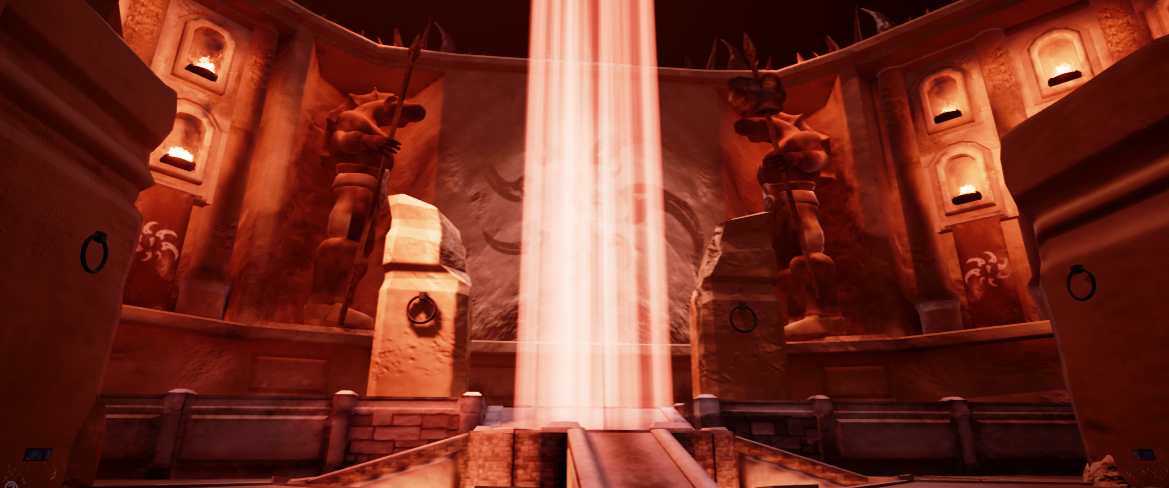Velocirapture
A First Person Shooter Capture the Flag Game Featuring Dinosaurs With Guns
Development Information
- Team size: Eight (3 Level Designers, 2 Programmers, 2 Artists, 1 Producer)
- Duration: Four months
- Work Hours: 13 hours per developer per week
- Engine: Unreal Engine 4
- Platform: PC
Summary
Velocirapture is a first person shooter capture the flag game developed for the PC as part of my Team Game Production II and III classes. Players compete as one of two clans of dinosaurs, fighting to determine which is the superior tribe. The game features two game modes: a classic CTF called Velocicapture, and a variant called Bounty where players collect and return in the teeth of the fallen for points.
Sprint Plan: Each sprint, I worked with the team to create a sprint plan detailing what the team needed to accomplish and how we planned to work.
Product Backlog: I created the product backlog to track our progress, and I helped the team maintain it throughout the project.
Team Change E-Mail: Partway through the project, a team member transferred to another team. This e-mail is how I told my team the news.
My Responsibilities (Producer, Sound Designer)
- Oversee sprint planning, create and own the product backlog, and keep track of progress throughout sprints.
- Create and own the Asset & Development Plan in consultation with the rest of the team.
- Monitor other documentation and ensure its accuracy across the project.
- Serve as scrum master.
- Lead team through Sprint Reviews and Sprint Retrospectives, and document those conversations.
- Plan and manage QA and user testing for each milestone.
Mini-Postmortem
What Went Right
- We started early—we started meeting very early in the project
- We playtested extensively during early stages
- Setting goals—challenged ourselves from concept to completion
- Team members weren't afraid of interdisiplinary work—even if we weren’t trained in it
- We were well-organized
What Went Wrong
- Come together cohesive vision sooner
- Trusting without verifying—especially early in the project
- Design: should have pushed for more ways to get verticality and more pickups—would have improved level design
- We didn’t make a modular kit or maintain standards in the beginning of the project
- Some tasks overran their bounds, and team members got tunnel vision
What We Learned
- Improved time estimates across the team over project
- Respect of the pipelines is crucial
- Iteration is not only good, it’s necessary—get it working, then get it pretty
- Modular kits make creating levels a lot easier
- Every team member should touch every part of the project
- Experimentation is valuable—especially at the beginning
Image Gallery









